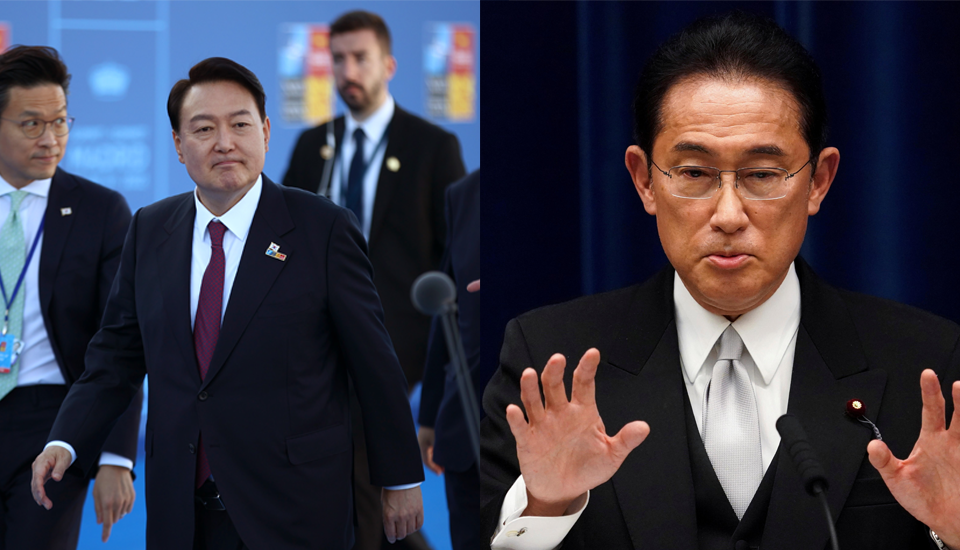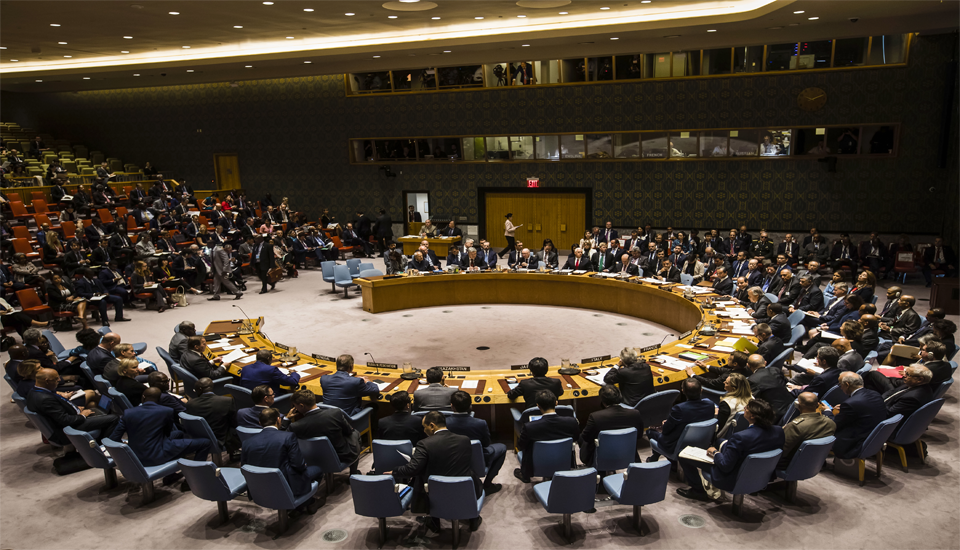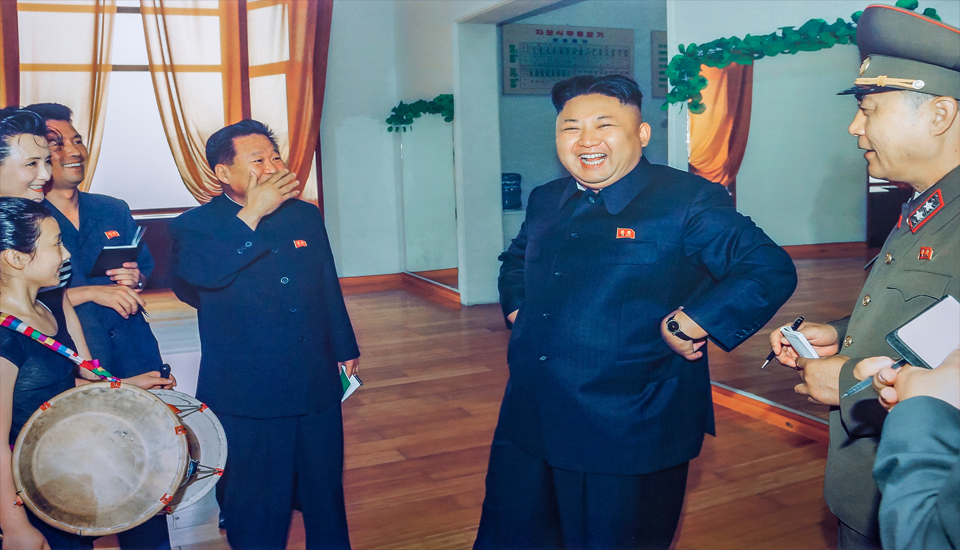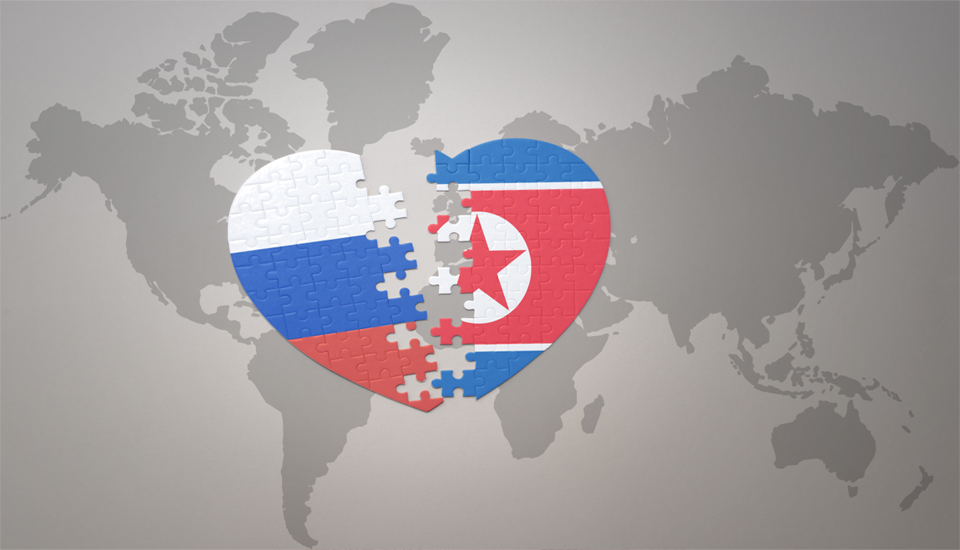
NK Update for December
Special Report | January 30, 2023
Minah Kang
Ph.D. Candidate at Johns Hopkins University
In this month's NK Update, Minah Kang, Ph.D candidate at Johns Hopkins University, discusses South Korea and Japan’s shift in North Korean policies and their impact on the greater East Asia security context.
North Korea’s extraordinary missile test launch in 2022 intensified the trend of Northeast Asian countries' increasing arms race. In line with this trend, South Korea saw the necessity for a more robust deterrence policy against North Korea, and Japan agreed to a more aggressive approach, such as securing counterstrike capabilities. In December, the South Korean Ministry of National Defense noticed a frameshift of North Korean policy in its coming Defense White Paper 2022. The Japanese Cabinet Secretariat issued the National Security Strategy, and its term usage of counterstrike capabilities drew immediate criticism from the North Korean government. A few short months later, five North Korean drones flying over South Korea heightened military tension again, and the US reaffirmed the importance of China’s cooperation. At the end of the month, the North Korean political department held an annual meeting and announced the general plan for the following year.
South Korea’s Defense White Paper and Japan’s National Security Strategy
In the first Defense White Paper of the Yoon Administration, the expression “North Korean troops are our enemy” is expected to be specified. This is the first resurgence in six years since the phrase disappeared during the Moon Administration. The South Korean Ministry of National Defense’s deputy public affairs officer, Jeon Ha-kyu, stated at a regular briefing on December 6 that “We will make sure that the 2022 Defense White Paper includes accurate perceptions of North Korea and the North Korean military.” The document is scheduled to be published early next year. The Ministry of National Defense also announced its plan to reorganize to effectively deter and respond to multifaced nuclear and missile threats from North Korea. A nuclear and WMD response headquarters would be established under the Joint Chiefs of Staff (JCS). The JCS has suggested revision to the document in order to clarify the responsibilities of the new headquarters as well as provide specifics on the functional adjustment between departments. In addition, South Korean and American militaries conducted joint air drills, deploying the US strategic bombers (B-52H) over the Korean Peninsula. The deployment of US strategic bombers and stealth fighters is in accordance with the agreement reached on November 3 at the 54th Security Consultative Meeting (SCM) to enhance the capabilities of the US strategic assets and reinforce the US extended deterrence.
Across the East Asia, the Cabinet Secretariat of Japan released its National Security Strategy. The Japanese government regarded North Korea’s activities as a central security challenge in the Indo-Pacific region. Starting next fiscal year, Japan will begin to raise its budget for the enhancement of defense capabilities and supplementary efforts to 2% of the current GDP by 2027. Given that this year’s defense spending is about 0.97% of GDP, Japan will boost its budget to 114.4 trillion yen ($863 billion). Also notably, the document specified its plan to develop counterstrike capabilities as a “minimum necessary measure for self-defense.” It stressed that counterstrike capabilities do not contravene Japan’s Constitution and the Three New Conditions for the Use of Force, which was stated in the 2015 Legislation for Peace and Security. Ned Price, a spokesperson of the US Department of State, reaffirmed Japan and South Korea as the most important allies in the Indo-Pacific and welcomed Japan’s plans for defense spending. North Korean Ministry of Foreign Affairs criticized Japan’s plan to possess counterstrike capabilities, which would bring a security crisis in the Korean Peninsula and East Asia. It stated that the newly revised document rid Japan of the mask of “total defense” stipulated in its Constitution, and its development of “counterattack capability” is essentially identical to the possession of pre-emptive strike capability. A North Korean Ministry of Foreign Affairs spokesman also issued a press statement to censure US support for Japan’s arms expansion. Furthermore, referring to a statement of a spokesperson for the Chinese Foreign Ministry, he specified that Japan drove into rearmament by labeling neighboring countries as security threats.
Firing Test of Solid-Fuel Motor and China’s Role
Korean Central News Agency (KCNA) announced that the North Korean Academy of Defense Science succeeded in the first ejection test of a high-thrust solid-fuel motor with a thrust of 140tf at the Sohae Satellite Launching Ground in Dongchang-ri under the observation of Kim Jong Un on December 15. The solid-fuel motor has the advantage of short preparation time until launch, excellent responsiveness, difficulty detecting in advance, and even mobility. The disclaimed large-scale solid-fuel motor is expected to be applied to intermediate-range ballistic missile (IRBM) and even intercontinental ballistic missile (ICBM) engines. Kim Jong Un praised the Academy of Defense Science for successfully completing another essential task in the five priority tasks facing the strategic weapon field outlined in the 8th Party Congress’s five-year plan for developing defense science and weapon systems. Subsequently, on December 18, from Dongchang-ri, where the solid fuel was tested, North Korea fired two medium-range ballistic missiles (MRBM) into the East Sea.
Amidst escalating tension with North Korea’s nuclear development, South Korea and its allied countries reaffirmed their position on diplomacy with North Korea. They criticized North Korea’s missile launches as a violation of the relevant UN Security Council resolutions, gathered information on North Korea’s military movements and shared it with allied countries, and enhanced South Korea-Japan-US cooperation towards the ultimate goal of the complete denuclearization of North Korea. Besides, role in the Indo-Pacific has been coming under scrutiny. was observed. Since the beginning of the month, US authorities have emphasized China’s role in holding North Korea accountable for its military provocations. The US State Department pointed out that the permanent members, including China, unanimously passed the UN resolutions, and thus North Korea’s nuclear program in violation of them was a threat to the entire region. Vedant Patel, a principal deputy spokesperson for the US State Department also said that the goal of both countries remained the same, which was the denuclearization of the Korean Peninsula. Furthermore, Antony J. Blinken, Secretary of State, remarked at the year-end Press Availability that China had “the strongest, deepest relationship of any country in the world with North Korea” than any other country. In a meeting with China the following year, he will ask the Chinese government to convince North Korea to move “in another direction.” Similarly, the South Korean Ministry of Foreign Affairs stressed the common interests of both parties to suspend North Korea’s further nuclear tests and resume dialogue toward denuclearization in a virtual conference with the Chinese Ministry of Foreign Affairs. On the other hand, Mao Ning, a Chinese Ministry of Foreign Affairs spokesperson expressed its adherence to its position: “the Chinese side maintains communication with all parties concerned on the issues of the Korean Peninsula. We hope all parties will face squarely the crux and history of the issues of the Peninsula and address each other’s concerns in a balanced way, particularly the DPRK’s legitimate concerns.”
North Korea’s Enlarged Plenary Meeting of the 8th WPK Central Committee
The Sixth Plenary Meeting of the 8th Central Committee of the Workers’ Party of Korea was held at the headquarters of the Party Central Committee from December 26 to 31. The meeting was designed to review the second course of implementing the five-year plan, the work plan for the coming year, and the state budget. On the second day, Kim Jong Un clarified North Korea’s principle of external work and the general direction against the foreign enemy. He emphasized his plan for enhancing the self-reliant defense capability to counter changing international political situations. In addition, he reported that the US constantly deployed nuclear strike means in South Korea in 2022, raising the level of military pressure to the maximum level while forming a military bloc similar to the Asian version of NATO based on trilateral cooperation with Japan and South Korea. He claimed North Korea’s strengthening nuclear forces was a legitimate measure since the South Korean government regulated North Korea as its main enemy and openly prepared for war. In particular, the report articulated that “nuclear forces regard war deterrence as a primary mission, but if deterrence fails, North Korea will carry out its secondary mission, which is something other than defense.”
Considering North Korea has forecast ongoing strategic weapon development and a robust response to external threats, major Northeast Asian countries are also anticipated to maintain their military buildup in 2023. It is crucial to note how South Korea will pursue its extended deterrence strategy and what follow-up measures will be implemented in reaction to changes in Japan’s military posture.
■ Minah Kang is a Ph.D. candidate in the Department of Political Science at Johns Hopkins University. Her research interests include International Influences on Domestic Politics, State-Society Relations, Political Exclusion, Identity and Otherness, Global History of Cold War and East Asia, and Korean War. She has obtained her B.A. Political Science and International Relations & Women’s studies and M.A. in Political Science and International Relations at Ewha Womans University.
■ Typeset by Junghoo Park, Research Associate
For inquiries: 02 2277 1683 (ext. 205) | jhpark@eai.or.kr
International Relations

Divining the North Korean Nuclear Problem in a Multipolar World
Taesuh Cha | December 16, 2022

A Decade Under the Millennial Supreme Leader Kim Jong-Un
Jeong Won Na | December 12, 2022

The Russia-Ukraine War and North Korea-Russia Relations
Seung-soo Hyun | November 28, 2022
LIST